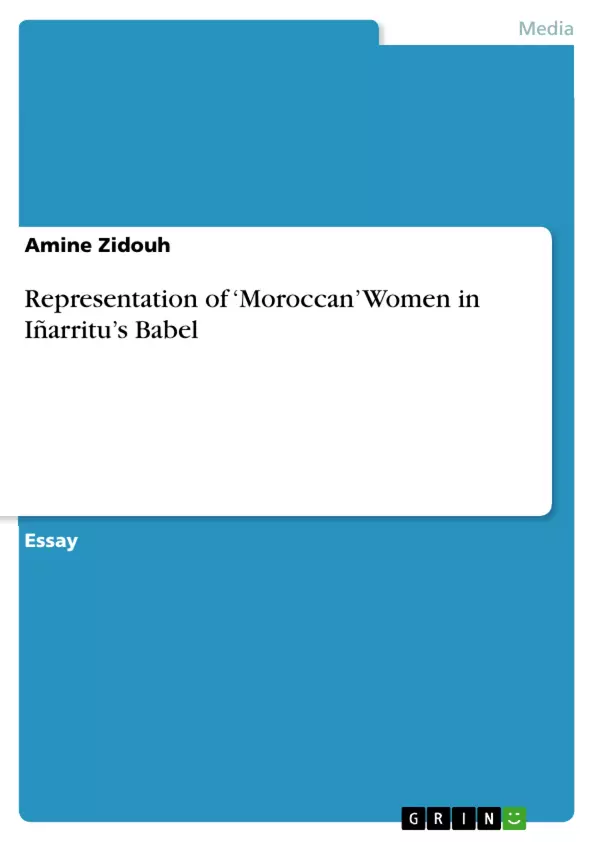What is the main focus of the text, "Representation of ‘Moroccan’ Women in Iñarritu’s Babel"?
The text analyzes the representation of Moroccan women in the movie Babel, directed by Alejandro Gonzalez Iñarritu, particularly focusing on how they are portrayed through stereotypical Orientalist lenses in Hollywood cinema.



